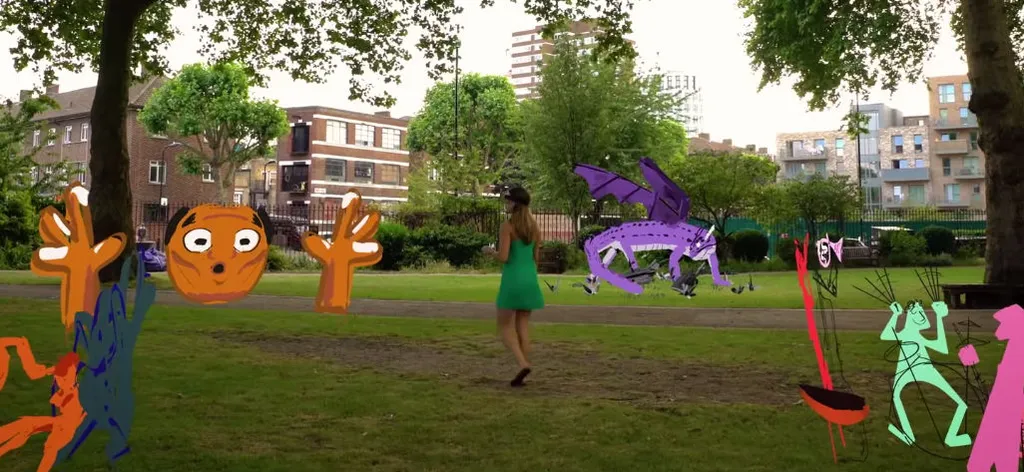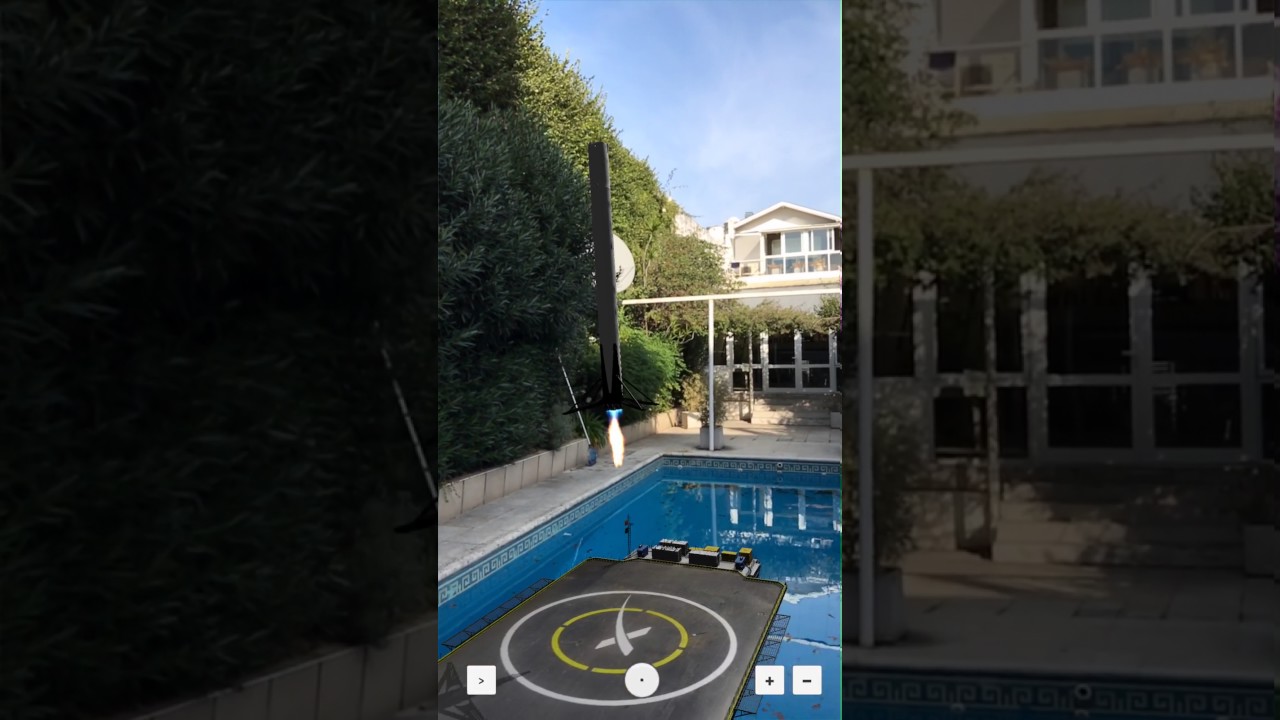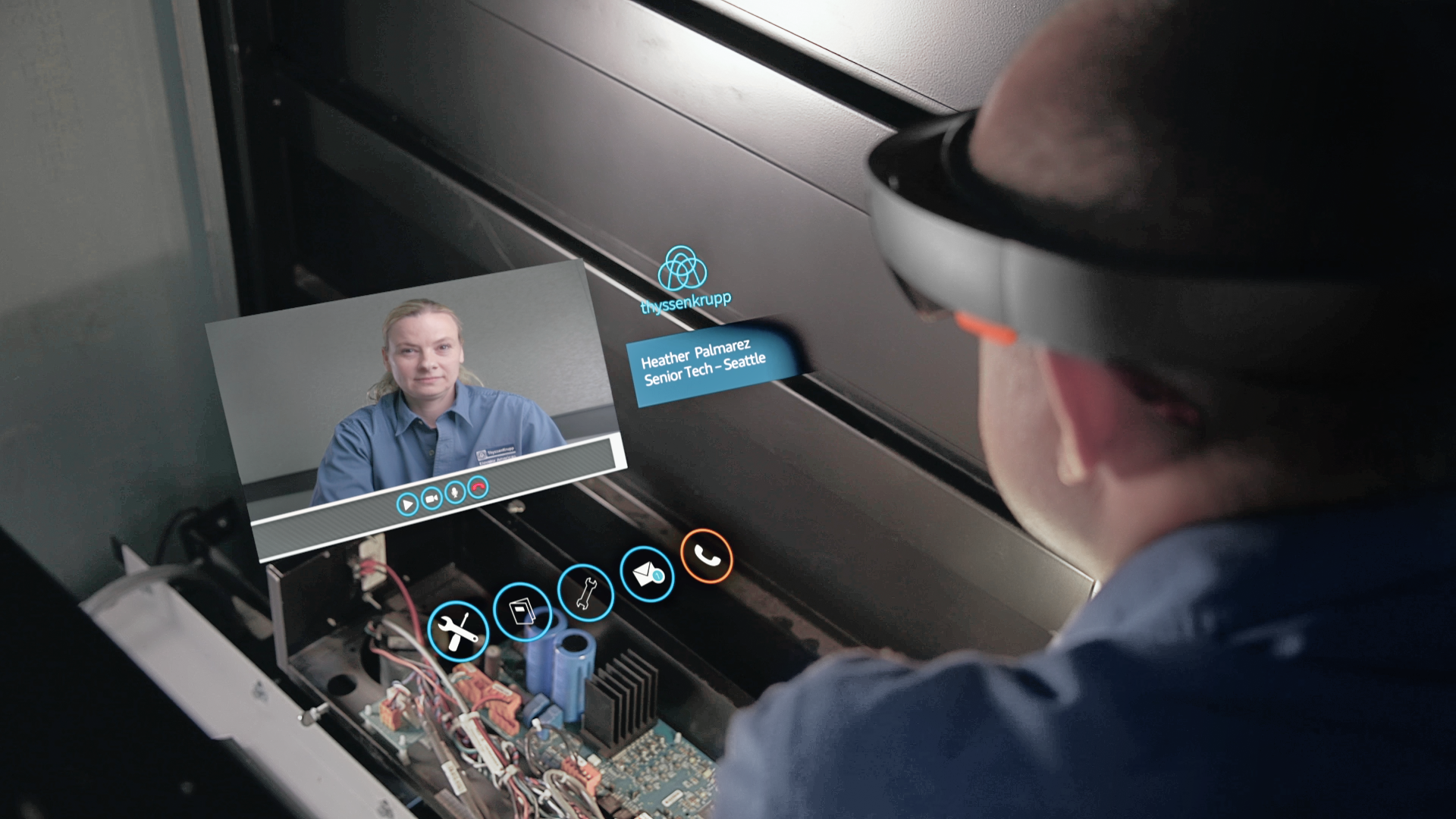AR and VR are not warring factions. In fact, it’s more likely than not that they’ll one day be one and the same; a true mixed reality headset that augments our real world but can also take us to completely new ones is the distant but logical last step for both Oculus with the Rift and Microsoft with the HoloLens. Until then, we’re going to see both evolve in exciting new ways and differentiate themselves in important areas.
In fact, they’re already doing that.
The buzz surrounding Apple’s ARKit is, quite simply, astonishing. I’m not exaggerating when I say that I see fascinating new applications of the iOS AR platform every day, and some developers have only known about it for a little over a month. I don’t think I’ve ever seen the creative community just get‘ something so fast.
We’ve already got apps that make it impossible for you to get lost following directions, something that I can see people adopting pretty much as soon as iOS 11 is released (should it be publically available by then). Then there’s construction apps that project virtual buildings onto landscapes, AR dancing lessons, and even a potential encyclopedia of augmented instruction guides. It’s quite overwhelming.
Working on a VR site, I have to admit to a slight (and silly) touch of envy; we don’t see this level of invention anything like as often, though there’s a good reason for that. This current form of AR utilizes a medium developers are already familiar with and is far less expensive to develop for than top of the line PC VR headsets. VR also just has more caution to it; I’m writing this with a busted finger that I just smashed into my desk after a round of Gorn, but AR gives you the complete freedom of the world around you.
But it’s important we recognize the types of apps that look so promising for AR. Outside of Pokemon Go, none of them are huge gaming experiences, certainly not at least the ones VR headset owners are hungry for.
AR just makes more sense for the world of industry. Immersion isn’t a crucial factor in productivity; you don’t need to bother with the awe-inspiring fantasy worlds. You can just pull on a headset, still see everyone in the room with you but have, say, a virtual projection of parts of a motorbike in front of you. Others can point towards them and interact with you with much greater ease than if you were inside a VR headset.
But VR does impress in entirely different ways. Pokemon Go might be 100 times more successful than any VR game out there, but I challenge anyone to spend an hour with Ninantic’s smash hit and then Superhot VR and say they really had more fun with the former. We’re yet to even begin to think about how to craft compelling narratives in AR, while VR is flooded with game and filmmakers trying to make us more emotionally involved than we’ve ever been before.
There’s some interesting overlap, of course. ARKit has some interesting looking games and experiences while VR can help connect people over the world and has major potential for multitasking. ARKit has some promising applications within VR, like Clay’s gesture recognition or possible positional tracking, but on the content side the types of experiences suited to each are already quite distinct.
For now, I see VR thriving in the entertainment realm, with occasional flings with production, while AR rules industry. There’s room for overlap of course, but there’s a reason Google has refashioned Glass to be a purely Enterprise-focused product.
AR has an incredibly exciting future ahead of it, that much ARKit has made obvious. But I think I’ll continue to turn to my Rift and Vive when I’m looking for entertainment and the raw sense of awe. Until the day that two become one, that seems like a pretty even split.
































